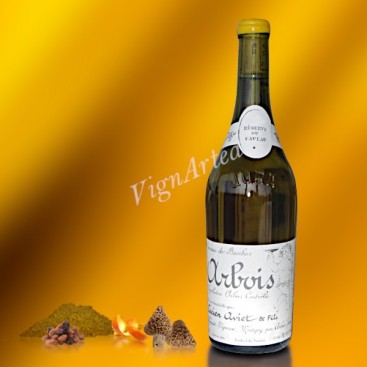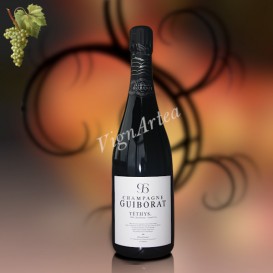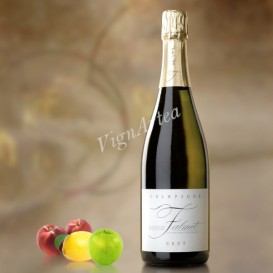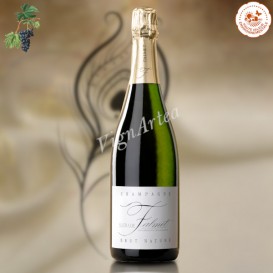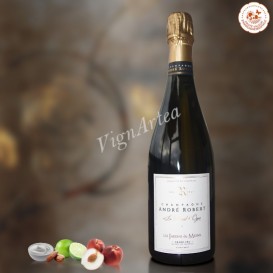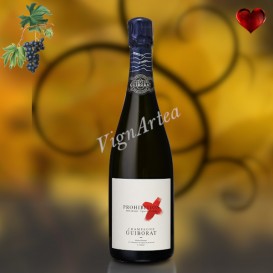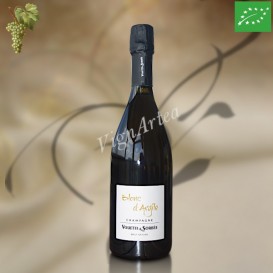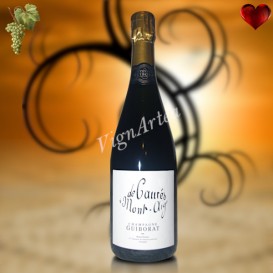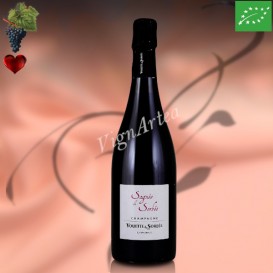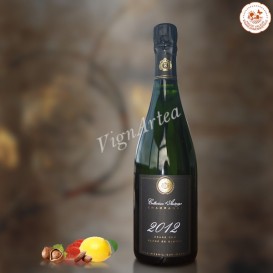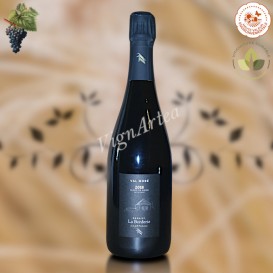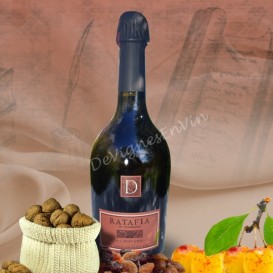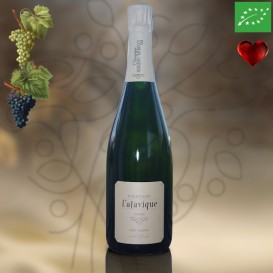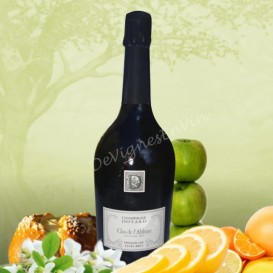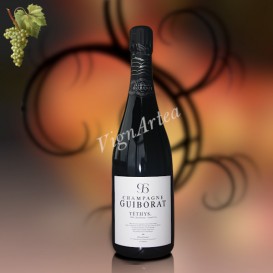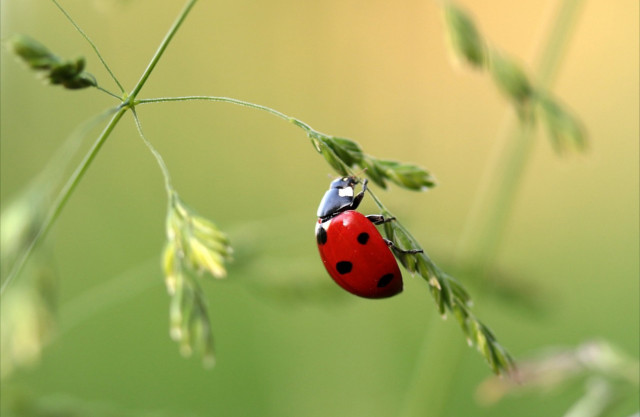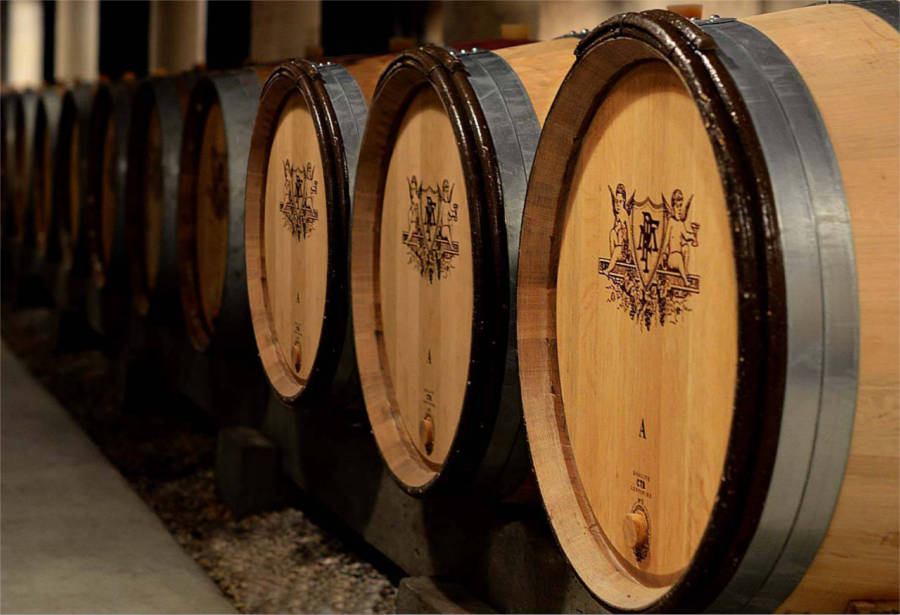SAVAGNIN 2013 - Réserve du Caveau (Lucien AVIET & fils)
JURA - AOP ARBOIS - DRY WHITE WINE
Grape variety: Savagnin (100%)
Native yeasts
Under flor ageing in 228 liters barrels and half-muid for 4 years
- Nose: morel, curry, raisins, candied citrus and a hint of hops.
- Palate: invigorating, fragrant and rich. Finish of morel flavours.
Tasting date: March 2021
OUR OPINION: superb savagnin with beautiful morel aromas!
Other available vintage:
TERROIR
SAVAGNIN 2013 is a single varietal wine made vines are around fifty years old. They are spread over different plots with distinct terroirs and located in Arbois (place called Les Bruyères) and in Montigny-lès-Arsures (at the En Levrin, Champ-Maudit and Château Gimont places).
The Arbois locality Les Bruyères forms a mound whose geological subtratum is made up of the complete series going from the iridescent marls of Keuper to the foliated black marls of the Rhetian, surmounted by a layer of encrinal limestones from the Sinemurian that a thin layer of runoff silts covers.
This base traces the region history over more than 50 million years : the iridescent marls located deep formed -240 million years ago, and deposited in the shallow lagoons of the Triassic. For 30 million years, this sedimentation continues, accentuated by the depression of the base and giving birth to a series of foliated black marls also called "Rhetian marls".
A sudden water agitation caused by environmental changes allows a greater oxygenation and a carbons precipitation giving rise to a ten meters high limestone layer called encrinal limestones due to its high content in fossil oysters ( the gryphite oysters).
In the area of Montigny-lès-Arsures, the bedrock of the various plots En Levrin, Champ-Maudit and Château Gimont is made up of Lias gray marls formed between -196 and -174 my, when the region was covered by shallow sea, not very agitated and not very oxygenated. The gray color of these marls is due to this oxygen poverty in the water which did not allow the complete decomposition of marine microorganisms.
On the other hand, the gray marls present a different facies linked to environmental changes having impacted their sedimentation conditions : this is the case at Château Gimont where the Savagnin rests on an paper shales outcrop whose presence testifies to a brutal oxygen deficit in the marine environment due to a sudden release of methane gas under the influence of global warming caused by intense volcanic activity.
At Champ-Maudit and En Levrin, the sandstone-like gray marls are masked sometimes by a surface layer of wash silt, sometimes by a layer of limestone scree coming from the overhanging ledge. It is in these Lias marls that the Savagnin gives its best expression, especially when they have a laminated structure, despite the fact that these soils are heavy and resist root penetration.
WINEGROWING & WINEMAKING
The grapes come from fifty-year-old Savagnin vines. The harvest is manual, and once picked, the grapes are immediately pressed in the cellar. The alcoholic fermentation takes place in casks, then the must is transferred to 228 liters barrels and half-muids in which it is aged for 4 years.
This ageing phase is done under veil, the must is not topped during these four years. The wine is filtered before bottling.
| Country | Jura |
| Color | White |
| Orange wines | No |
| Clay amphorae wines | No |
| Type | Dry |
| Vintage | 2013 |
| Capacity | 75 cl |
| Single Grape Variety | Savagnin |
| Alcohol rate | 13 % |
| Quality Designation | Arbois |
| Cellar Potential | 20 years. |
| Service advise | 14-15°C (57°-59°F). Open 1/4 hr before the service. |
| Culture Methods | Sustainable cultivation method |
| Fining | No |
| Filtering | Yes |
| Comments | Fermentations with native yeasts ♦ Under flor ageing in barrels and half-muid for 4 years. |

